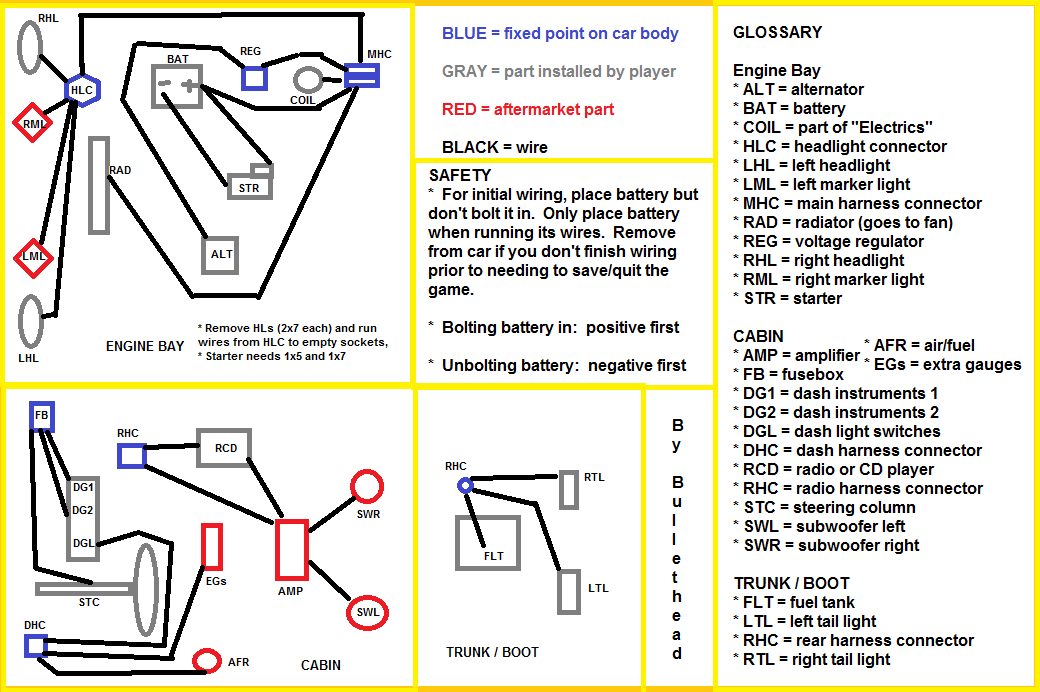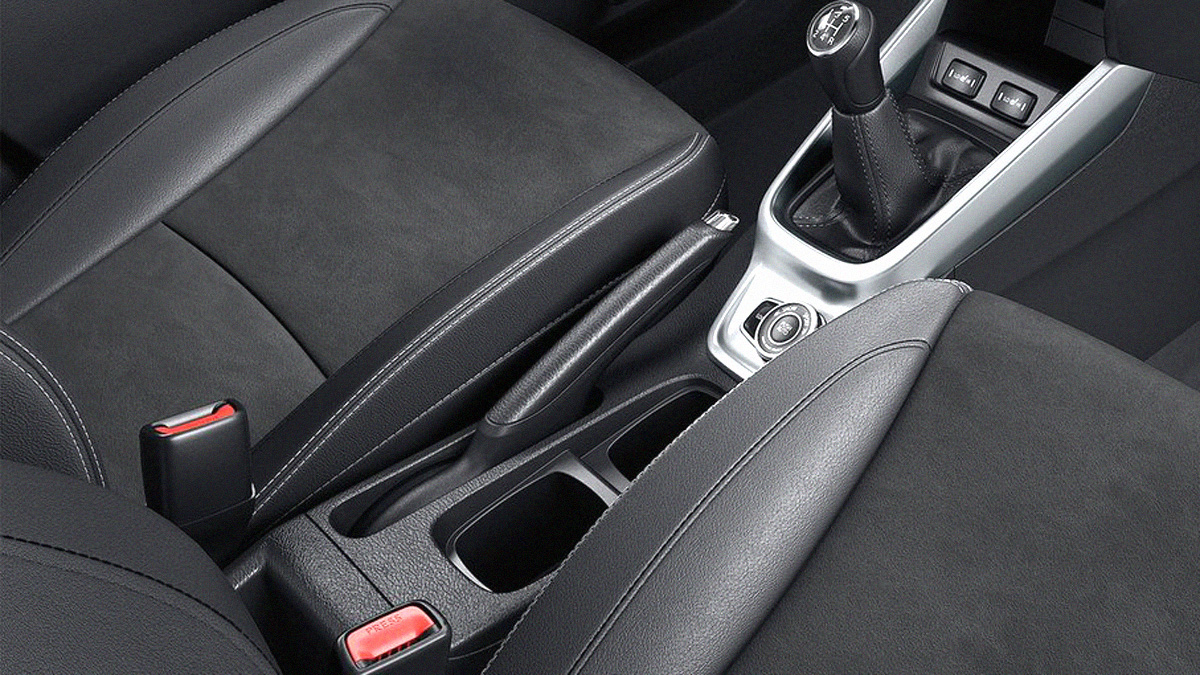

If you're comfortable doing so, check for rust or corrosion by doing a visual inspection of the parking brake cable underneath the car. Shift into drive and reverse, and back between drive and reverse again to slightly move the vehicle back and forth.Apply and release the brake a number of times. If rust is the trouble there's a good chance you'll need to call a tow truck for help, but you may be able to get the parking brake unstuck if you: This can be a harder problem to diagnose and fix in your driveway or garage. Once this happens, the cable that engages the parking brake can get stuck. Over time, the parking brake can become rusty or corroded. If you know that temperatures are going to dip below freezing, think twice before engaging your parking brake, especially if the forecast calls for moisture, too! Your parking brake is stuck due to rust or corrosion. Still no luck? Figure out which wheel the parking brake is connected to (consult your owner’s manual) and try to melt the ice with a hairdryer. Try to disengage the parking brake several times after the car has warmed up a bit.This can help the engine heat up faster, which in turn can speed up the melting process. As the engine warms the ice may melt, enabling you to disengage the parking brake. Ice can actually cause the parking brake to freeze in place when it’s really cold outside.

(And then drive safely to your nearest Firestone Complete Auto Care for a brake service, of course!) Your parking brake has frozen in cold weather. Instead, learn how you may be able to solve for (and avoid) the most common culprits of a stuck parking brake. But what happens if you hop into the car and try to disengage the brake, only to find that it’s completely stuck? You could drive with it engaged, but that can damage your brake system. You’re a pro–you always remember to engage your parking brake on hills and when you park to protect your transmission from wear and tear.


 0 kommentar(er)
0 kommentar(er)
